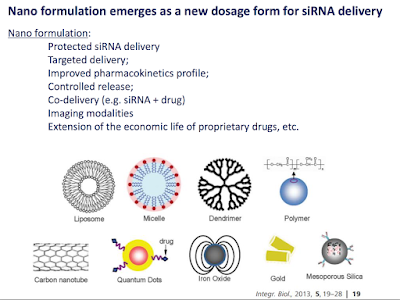Inside the panel session:"Everyday Life, Everyday Labs" On May 5th, I attended the event, “Chemical Entanglements: Gender and Exposure”, presented by the UCLA Center for the Study of Women. I listened to the second panel session: “Everyday Life, Everyday Labs”, which centered around the consequences of science on the public, especially women. Discussions of endocrine disruption, environmental justice, and science communication highlight the need for collaboration and understanding between scientists and the public, which may be facilitated by the work of artists. The first speaker, Teresa Montoya, discussed water toxicity within a Navajo population due to radioactive waste from government-funded experiments. She calls regulatory oversight “amnesia” as the government neglects the effects of such experiments on people. Peggy Munson, via video presentation, described her own struggle with chronic fatigue syndrome and her chemical sensitivities tha...



I really like your idea about using VR technology, applications on mobiles phones, and functional pillows to induce the Automated Sensory Meridian Response. A lot of people suffer from insomnia nowadays and taking pills would not be an ideal solution in the long term. Therefore, the VASMR you proposed might be very helpful for those who have developed a dependence on pills to be able to fall asleep. I can also see how meditation can combine with the devices to help individuals calm down and sleep. However, a potential concern might be how dependent people would be on the VASMR as they are now on sleeping pills. If a VASMR that facilitate a self-regulated sleep routine is to be developed in the future, it might become the ultimate solution for insomnia.
ReplyDelete